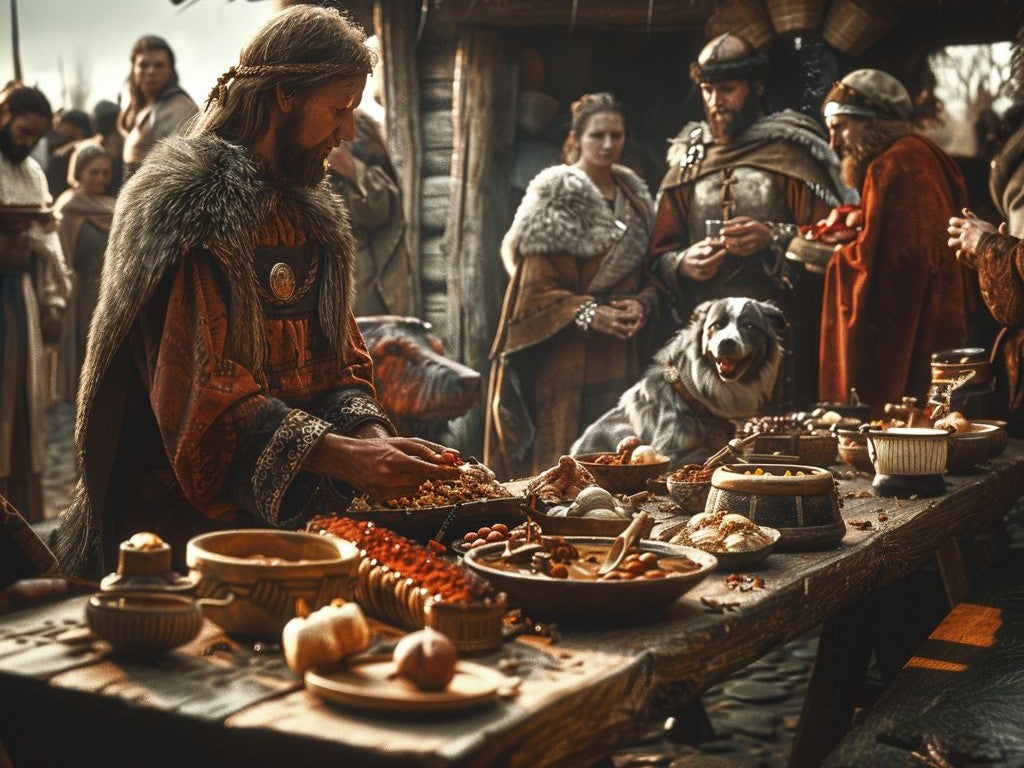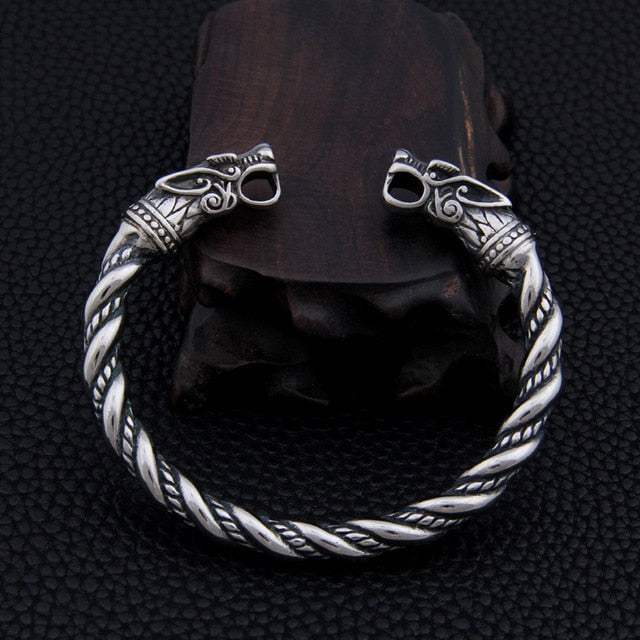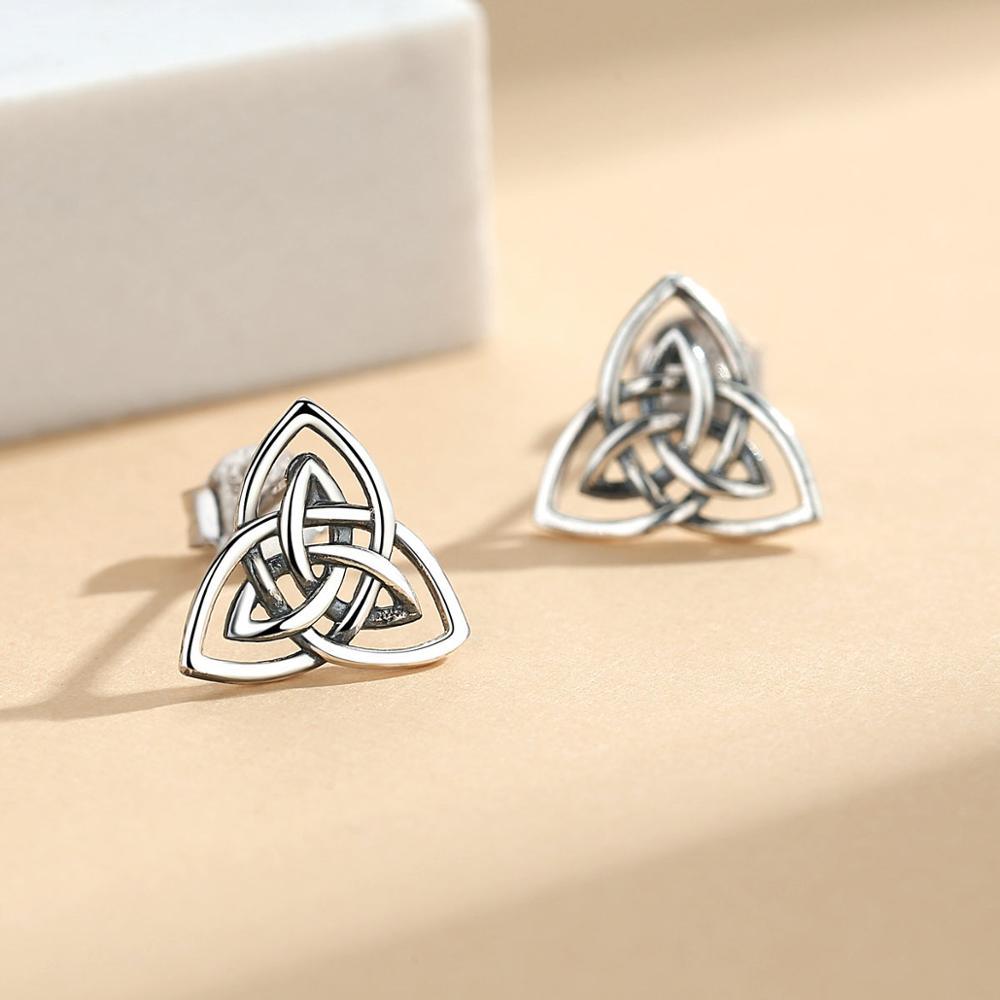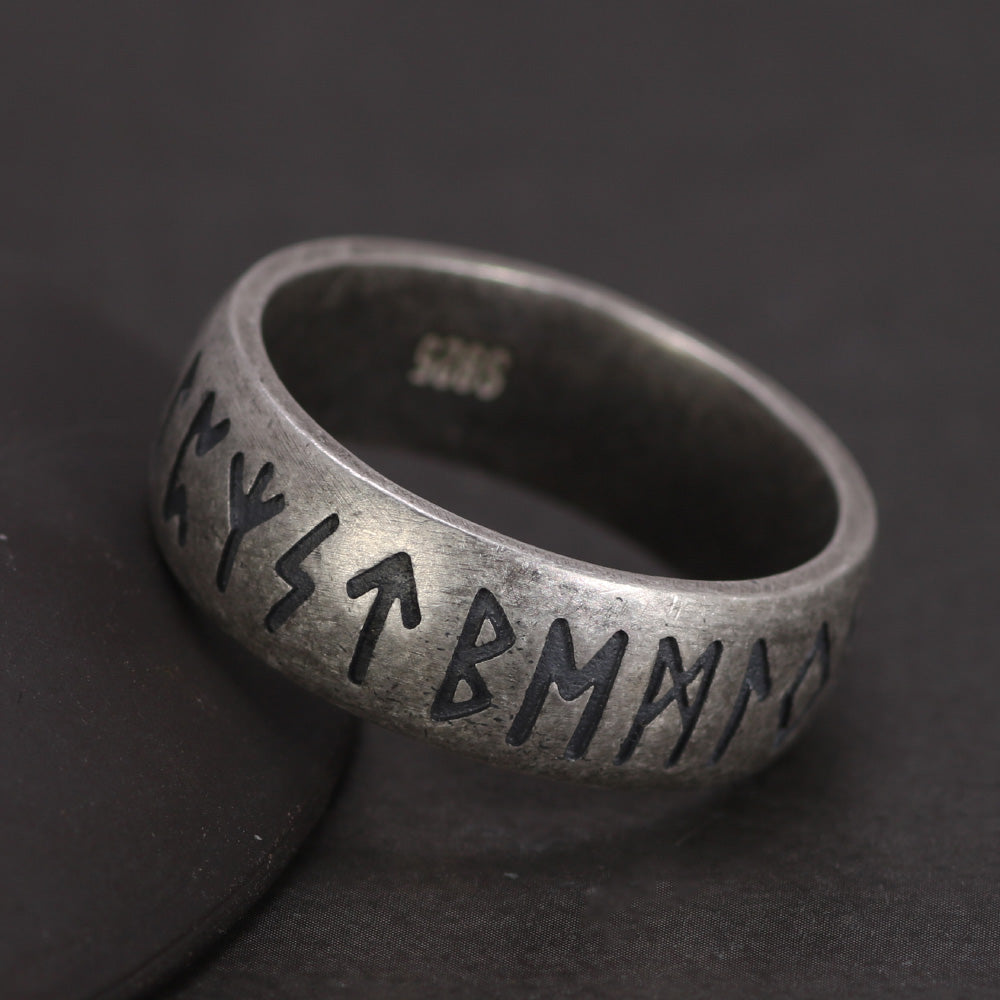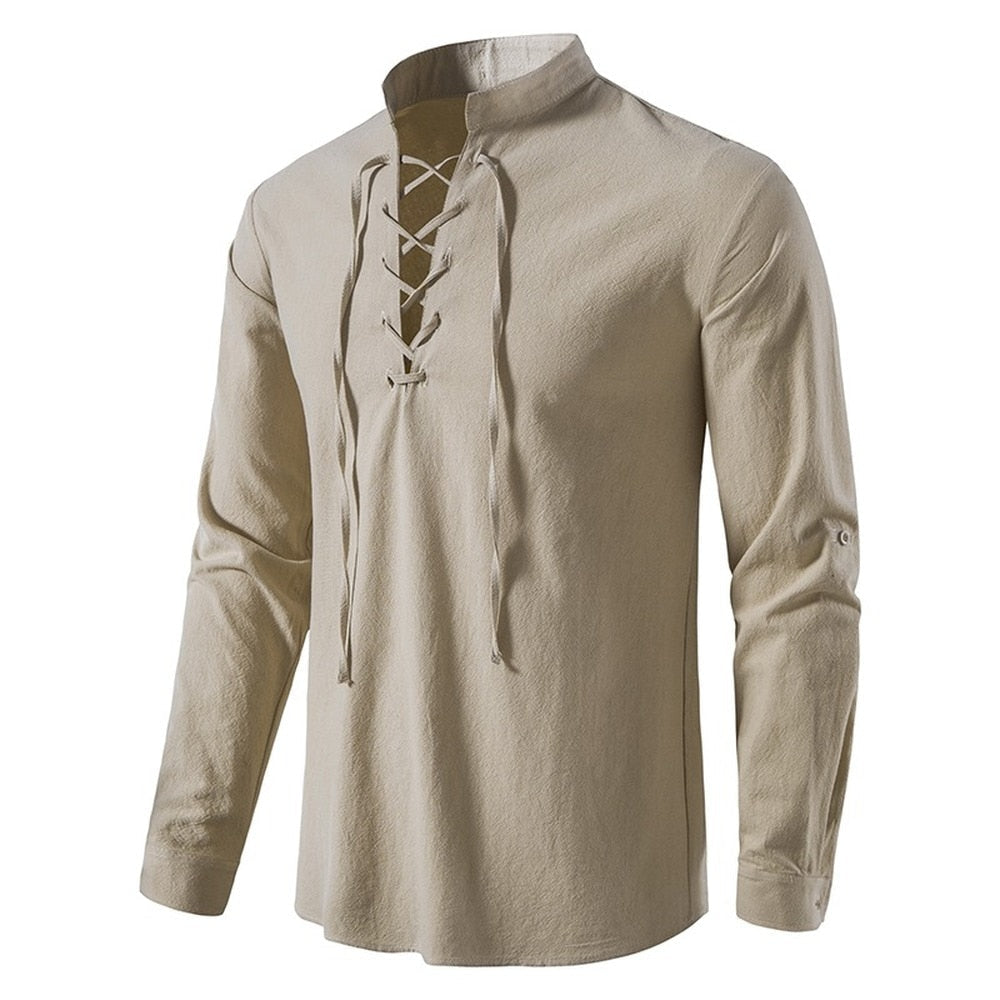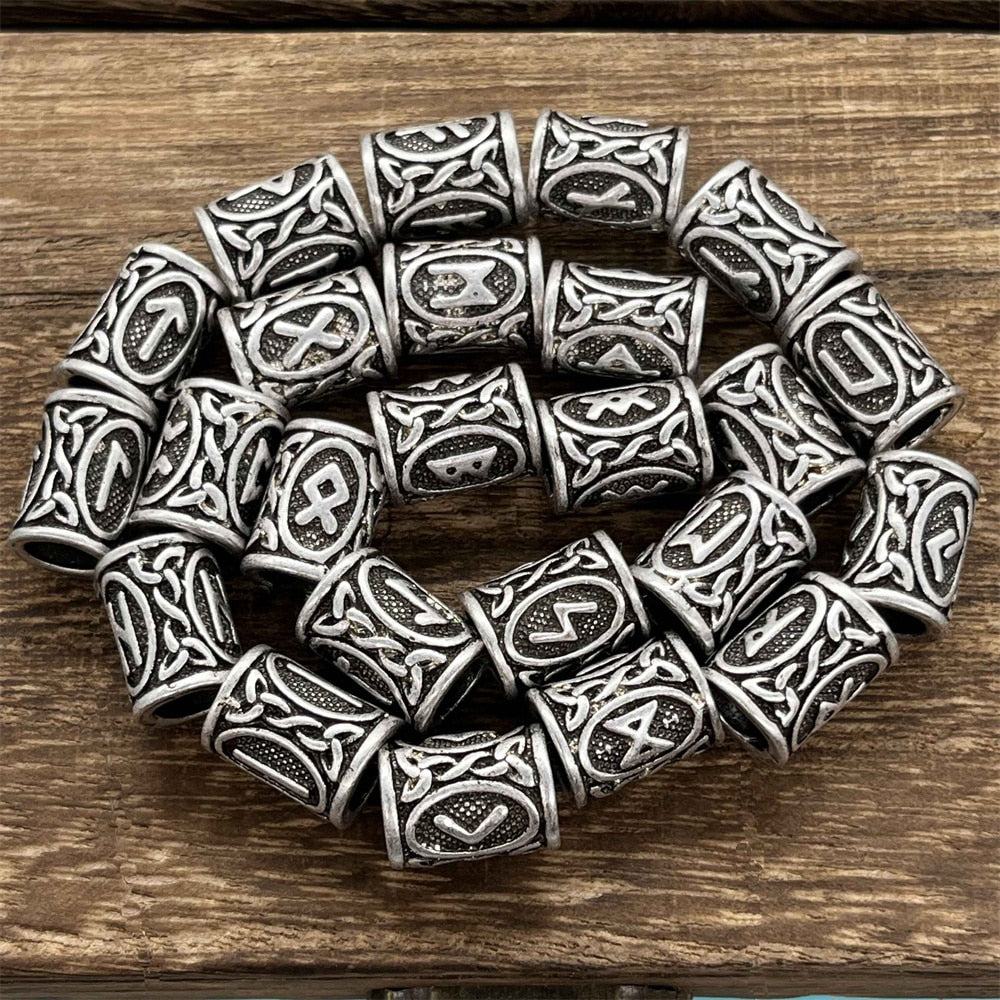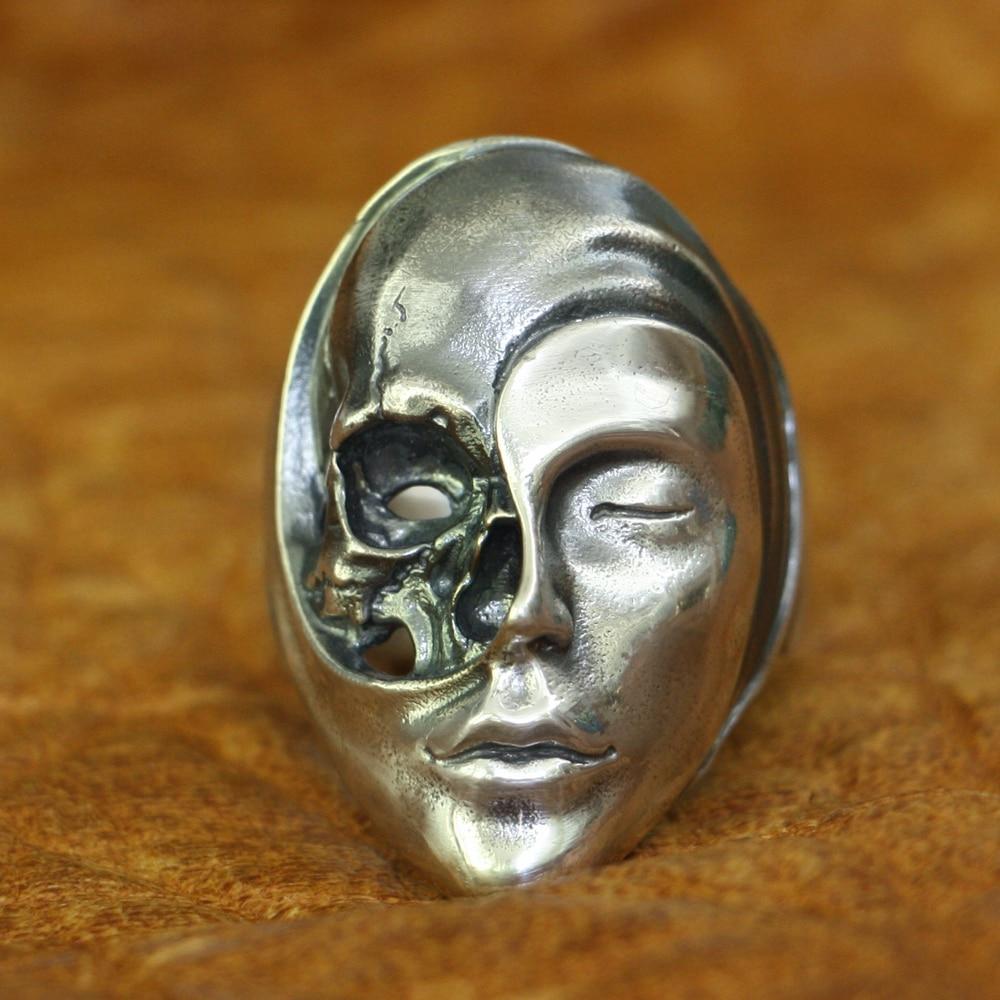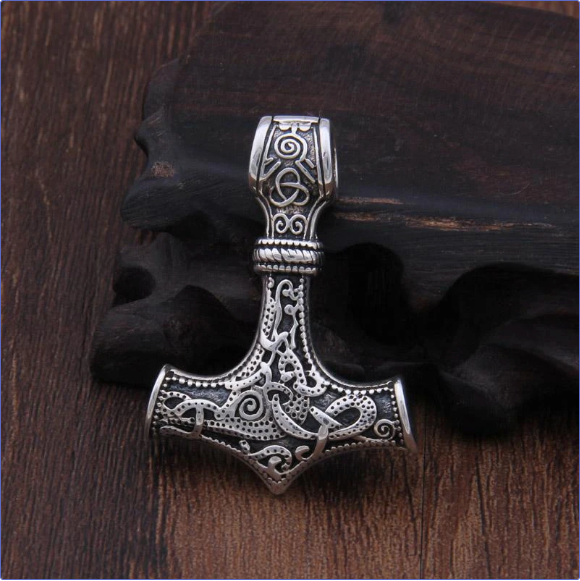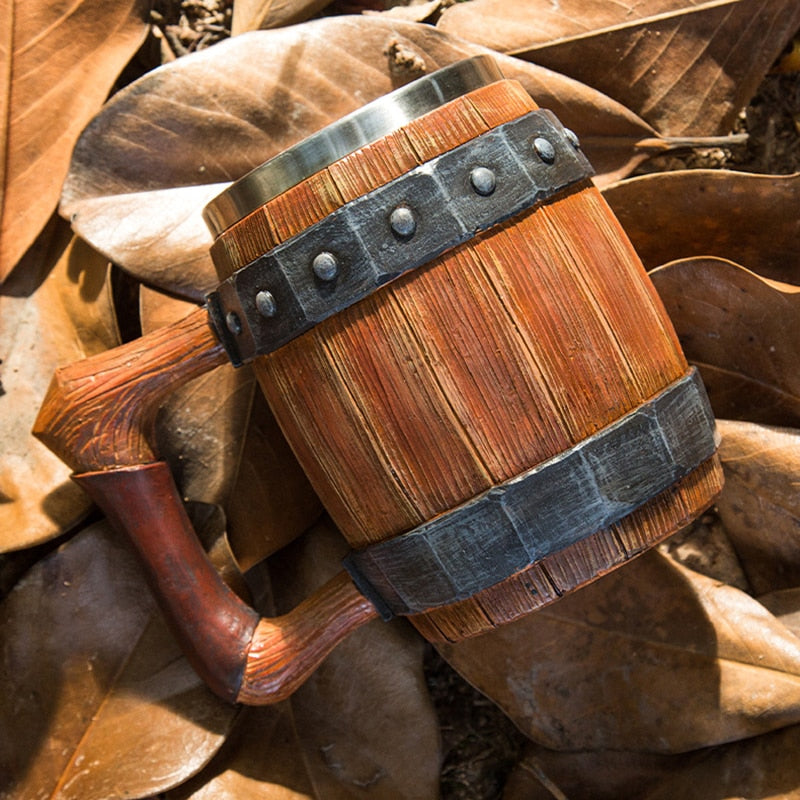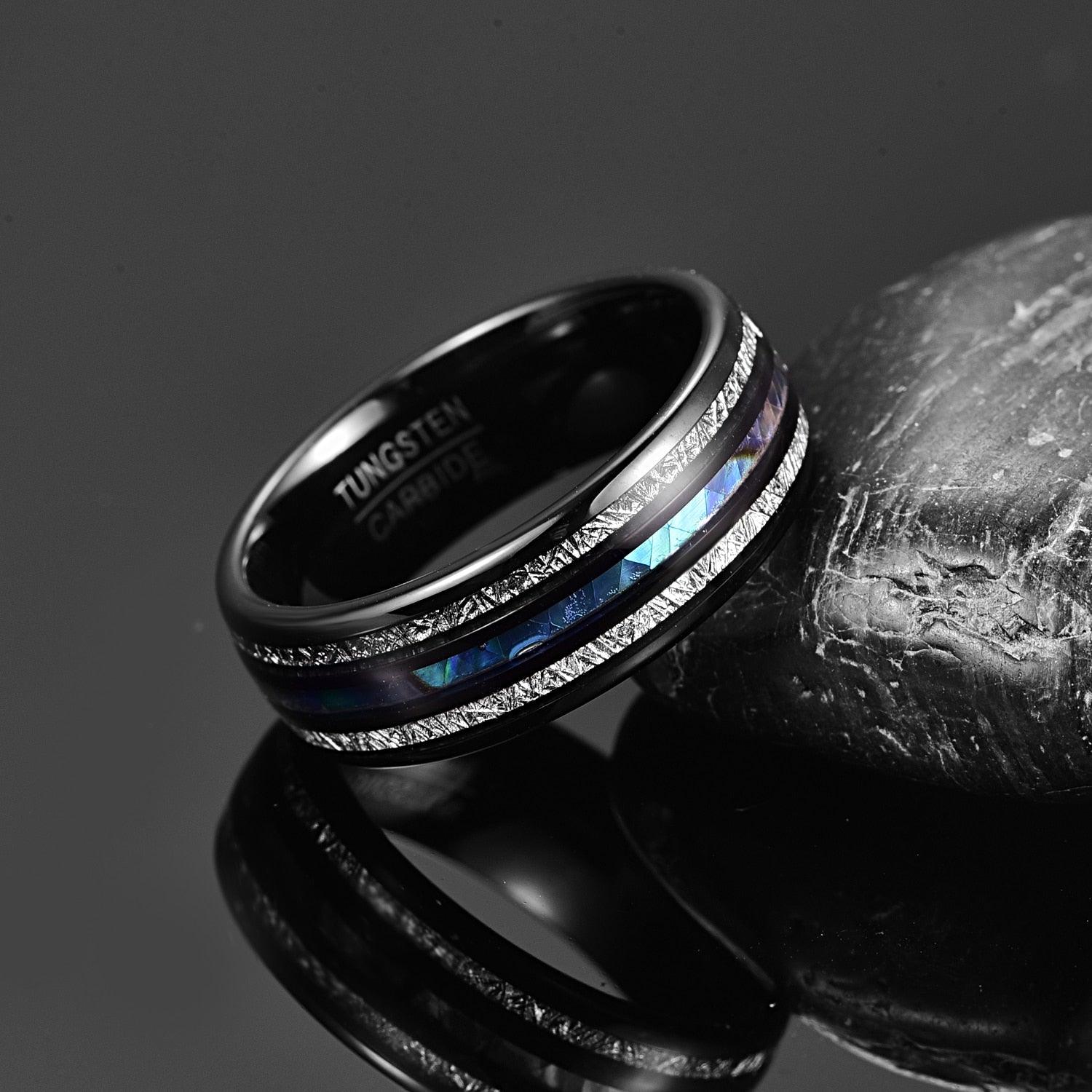The Norse diet, shaped by the Northern landscape, seasonal availability, and seafaring lifestyle, reveals much about the resourcefulness and culture during the Viking Age. Despite the restrictions created by the harsh winters - or because of them - the Norse diet has always been quite healthy, and very relatable.

Living off the Land and Sea
The Viking Age (roughly 793 to 1066 CE) spanned a time when agriculture, fishing, hunting, and trade formed the backbone of Nordic sustenance. The land in Scandinavia was rugged and the growing season short, so the Norse peoples maximized what they could produce and gather.
Grains formed the staple of the Norse diet. Barley, rye, and oats were the most commonly grown cereals, used to make bread, porridge, and beer. Wheat was rarer and often imported, making it a luxury item. Norse bread was usually flat, dense, and cooked on a stone or iron griddle. Grain-based porridge, often mixed with dried fruits or nuts, was a daily meal.
Meat was also a vital part of the diet, sourced from domesticated animals like cows, pigs, goats, and sheep. Chickens provided both eggs and meat. Wealthier Vikings had greater access to beef, while poorer families often relied on mutton and goat. Slaughtering was typically done in autumn, preserving meat through drying, smoking, or fermenting for the winter.
Fishing was essential, particularly for those living near the coast or rivers. Herring, cod, and salmon were commonly eaten, preserved through drying or salting. Shellfish and sea mammals such as seals were also consumed in some regions. Those living inland fished in freshwater lakes and streams for trout and pike.
Hunting and gathering supplemented their diet with wild game like deer, elk, and wild boar. Foraged foods like berries, nuts, mushrooms, and herbs added essential nutrients and flavors.
Fermentation and Preservation
In a time before refrigeration, Norse peoples relied heavily on preservation techniques. Smoking, drying, and salting helped extend the shelf life of meat and fish. Fermentation played a key role in making dairy products such as skyr (a type of yogurt), cheese, and fermented milk. These methods not only ensured year-round food availability but also added unique flavors and probiotic benefits to their meals.
Root cellars dug into the earth were used to store root vegetables like turnips and carrots, as well as dried goods and dairy. Honey, another preservative and sweetener, was also used to make mead, a favorite Viking alcoholic beverage.
What Did a Typical Viking Meal Look Like?
A typical Viking meal was practical and seasonal. Breakfast (dagverðr) might consist of barley porridge with dried fruits, cheese, and (weak) ale or buttermilk. Lunch (nónmatur) and dinner (náttverðr) were usually heartier, featuring stews or soups made with meat, grains, and vegetables.
Stews were often cooked in large iron cauldrons over open fires, combining ingredients such as lamb, leeks, and cabbage. Flatbreads and ale accompanied most meals. Vikings used wooden or ceramic bowls and spoons, with knives serving multiple purposes—from eating to cutting meat.
Feasts and banquets—often held during festivals or after successful raids—were grander affairs. Roasted meats, fish, fresh-baked bread, and fermented beverages flowed freely. These gatherings reinforced social bonds and hierarchy, with chieftains and warriors receiving the choicest cuts.

Drinks of the North: Ale, Mead, and More
While water was commonly consumed, it wasn’t always safe. Thus, fermented beverages played a central role in Viking drink culture. Ale—brewed from barley and sometimes flavored with herbs like bog myrtle—was the everyday drink for both adults and children. It was mildly alcoholic and provided calories and hydration.
Mead, made by fermenting honey with water and sometimes flavored with spices or fruits, was prized for special occasions. More expensive and time-consuming to make, it had ceremonial and symbolic value. Some Viking sagas mention mead in connection with the Gods, reinforcing its mystical status.
In rare cases, wine imported from southern Europe reached the Norse world, but it was considered exotic and it was very expensive.

The Social and Cultural Role of Food
Beyond sustenance, food in the Viking Age was intertwined with status, identity, and community. Meals were often shared communally, and hospitality was a cornerstone of Viking ethics. To offer food and drink to a guest was not only expected but honorable.
Feasting also had religious dimensions. Sacrifices of animals, known as blóts, were conducted in honor of Gods like Thor and Freyr. The meat was then cooked and eaten in ritual banquets.
Food played a role in burial rituals as well. Archaeological digs have found grave goods including preserved food, cooking tools, and drinking horns, suggesting that Vikings believed in provisioning the dead for their journey to the afterlife.
Misconceptions and Modern Insights
While popular culture paints Vikings as ravenous carnivores, the reality is more balanced. Their diet was high in fiber and nutrients, drawn from a mix of protein, grains, dairy, and foraged foods. Recent archaeological and isotopic studies of Viking remains support this picture, showing signs of a varied and sustainable diet.
Researchers are still learning more from excavations of Viking settlements, food middens (ancient trash heaps), and burial sites. These findings allow historians and nutritionists to piece together a more accurate and nuanced view of Viking culinary habits.

The Viking diet was a reflection of their adaptability, resourcefulness, and deep connection to the land and sea. From hearty stews and flatbreads to fermented drinks and preserved fish, their foodways were both pragmatic and celebratory. As we continue to learn from archaeology and historical texts, we gain not just a taste of what Vikings ate, but a fuller picture of how they lived.
References
Pollington, Stephen. The Mead-Hall: The Feasting Tradition in Anglo-Saxon England. Anglo-Saxon Books, 2003. ISBN: 9781898281385
Roesdahl, Else. The Vikings. Penguin Books, 1998. ISBN: 9780140252828
Haywood, John. The Penguin Historical Atlas of the Vikings. Penguin Books, 1995. ISBN: 9780140513288
